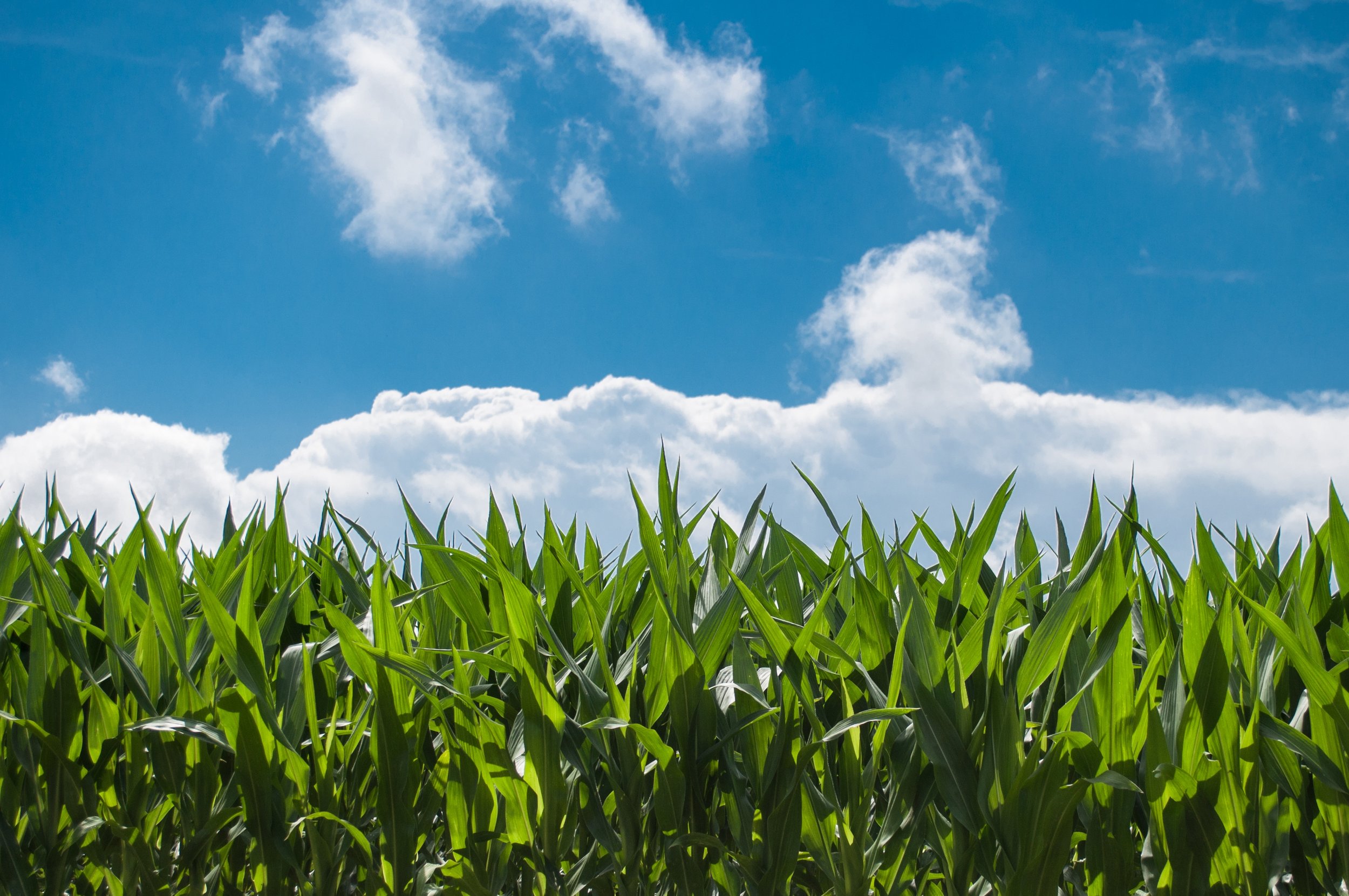Sowing the Seeds of Summer
Image via pxHere - CC0 Public Domain
As the days lengthen and the sun warms the earth, gardeners everywhere eagerly anticipate the joys of summer planting. There's something special about nurturing plants from seed to harvest, especially when those plants yield the delicious bounty of summer vegetables. From the classic sweetness of corn to the vibrant hues of tomatoes and peppers, each vegetable brings its own unique flavor to the table. In this guide, we'll delve into the art of planting five quintessential summer vegetables: corn, beans, squash, tomatoes, and peppers.
1. Corn:
Corn, with its golden kernels and tall, swaying stalks, is a staple of the summer garden. To plant corn, choose a sunny spot with well-drained soil. Corn is a heavy feeder, so prepare the soil with plenty of compost or well-rotted manure before planting. Sow the seeds directly into the soil once the danger of frost has passed, spacing them about 12 inches apart in rows. Corn is wind-pollinated, so plant it in blocks rather than single rows to ensure good pollination.
2. Beans:
Beans come in many varieties, from snap beans to pole beans to bush beans, but they all thrive in the warmth of summer. Like corn, beans prefer full sun and fertile, well-drained soil. Plant bush beans in rows spaced about 18 inches apart, and pole beans near a trellis or support structure. Sow the seeds directly into the soil after the last frost date, and keep the soil evenly moist as the plants grow. Beans are nitrogen-fixing plants, so they actually improve the soil as they grow!
3. Squash:
Summer squash, with its tender skin and mild flavor, is a versatile addition to any garden. Plant squash seeds directly into warm soil after all danger of frost has passed, spacing them about 2-3 feet apart in rows or hills. Squash plants are prolific growers, so be prepared to harvest plenty of zucchini, yellow squash, and other varieties throughout the summer. Keep the soil consistently moist and watch out for pests like squash bugs and vine borers.
4. Tomatoes:
No summer garden would be complete without tomatoes, those juicy, sun-ripened orbs of flavor. Tomatoes need plenty of sun and warmth to thrive, so choose a sunny spot with well-drained soil. Start tomato seeds indoors 6-8 weeks before the last frost date, and transplant the seedlings into the garden once all danger of frost has passed. Plant tomatoes deep, burying the stem up to the first set of leaves, to encourage strong root growth. Provide support for indeterminate varieties with stakes or cages, and keep the soil evenly moist throughout the growing season.
5. Peppers:
Peppers, with their crisp texture and spicy kick, add a burst of flavor to summer meals. Like tomatoes, peppers need warm soil and plenty of sun to thrive. Start pepper seeds indoors 8-10 weeks before the last frost date, and transplant the seedlings into the garden once the weather has warmed up. Plant peppers about 18 inches apart in rows, and provide support for taller varieties. Keep the soil evenly moist and mulch around the plants to conserve moisture and suppress weeds.
In conclusion, planting a summer vegetable garden is a rewarding endeavor that allows you to enjoy the freshest, most flavorful produce right from your own backyard. Whether you're savoring the sweetness of freshly picked corn, harvesting armfuls of crisp green beans, or enjoying the vibrant colors of ripe tomatoes and peppers, there's nothing quite like the taste of homegrown vegetables. So roll up your sleeves, dig in the dirt, and get ready to reap the delicious rewards of your summer garden!

